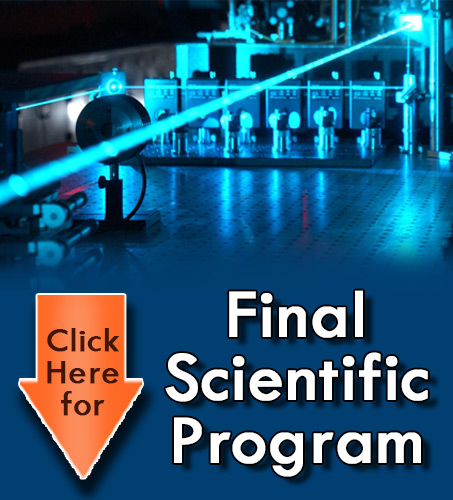
Giorgio Pettinari
IFN-CNR, Italy
Title: Site-controlled quantum dots and their integration in photonic crystal nanocavities
Biography
Biography: Giorgio Pettinari
Abstract
The fabrication of integrated quantum dot (QD)-optical microcavity systems is a requisite step for the realization of a wide range of nanophotonic experiments and applications that exploit the ability of QDs to emit non-classical light, e.g., single photons. Here, we present the possibility of creating site-controlled QDs in dilute-nitride semiconductors by spatially selective H incorporation and/or removal. In dilute nitrides (e.g., GaAsN), the formation of stable N-2H-H complexes following H incoporation removes the effects nitrogen has on the alloy properties. In particular, H binding to N atoms in GaAsN leads to an increase in the band gap energy of the GaAsN (~1.33 eV for [N]=1% at T=5 K) up to the value it has in GaAs (1.52 eV at 5 K). Therefore, by engineering the spatial H incorporation and/or removal in dilute nitides is possible to attain a spatially controlled modulation of the band gap energy in the growth plane and, therefore, to tailor the carrier-confining potential down to a nm scale, resulting in the fabrication of site-controlled QDs. Clear evidence of single-photon emission is presented for QDs made either by low-energy H irradiation of lithographically prepatterned samples and by spatial H removal in a fully hydrogenated sample by using the near-field hot spot generated by a SNOM tip to locally break the N-H bonds. Also, a lithographic approach to the deterministic QD-PhC nanocavity coupling is demonstrated, resulting in a significant enhancement (inhibition) of the spontaneous emission rate for low (high) cavity mode (CM)-QD energy detuning (Purcell effect).

